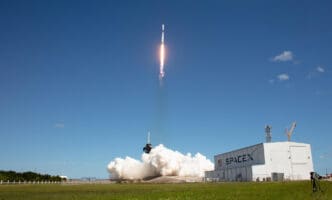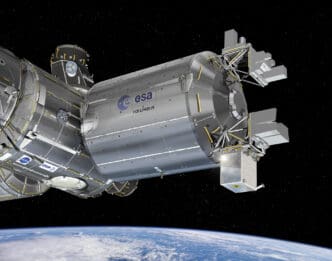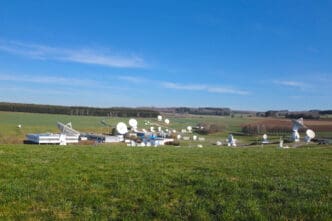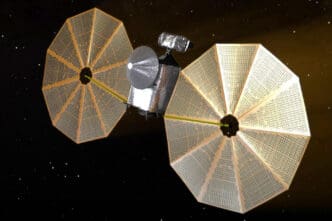Astrobiology, a scientific discipline devoted to understanding life’s origins, evolution, and distribution throughout the universe, is a key focus of NASA’s research initiatives. This quest to answer whether life exists beyond Earth motivates many missions and projects, particularly those supported by NASA’s astrobiology program, which seeks to address questions that have puzzled humanity for centuries.
In recent years, NASA-sponsored astrobiology research has centered around three fundamental questions: how life begins and evolves, whether life exists elsewhere in the universe, and how we can effectively search for it. These queries aim to unravel some of the greatest mysteries of the cosmos, with astrobiologists making significant strides over the past five decades.
A compelling aspect of this field is the study of extreme environments on Earth that might mimic conditions on other celestial bodies. This approach enhances our understanding of potential habitats for extraterrestrial life and informs the development of techniques to detect life forms.
Integral to this research are various NASA missions, each contributing valuable data. The Europa Clipper mission, for example, marks Earth’s first extensive exploration of Jupiter’s moon Europa. Scientists believe its subsurface ocean might contain the chemical components necessary for life. Similarly, the Mars 2020 mission, featuring the Perseverance rover, is designed to investigate Martian geology and the possibility of ancient microbial life, collecting rock and soil samples for potential return to Earth.
Furthermore, OSIRIS-REx’s successful delivery of material from asteroid Bennu to Earth could provide insights into whether asteroid impacts introduced water and other essential elements to our planet billions of years ago.
NASA also engages the public in this cosmic quest through innovative educational tools. The graphic novel “Becoming an Astrobiologist” serves as a guide for those intrigued by the possibility of contributing to this field, outlining educational paths and career opportunities.
Current developments in astrobiology keep this field at the forefront of science news. Recent studies include examining the unique phenomena of life’s handedness, exploring tidal effects on celestial bodies, and documenting curious observations made by the Perseverance rover in the Martian landscape.
NASA’s astrobiology program continues to push the boundaries of our understanding of life within the universe, driven by innovative research and groundbreaking missions. As we expand our search for life beyond Earth, humanity inches closer to answering the profound questions about our place in the cosmos.
Source: Science.Nasa







